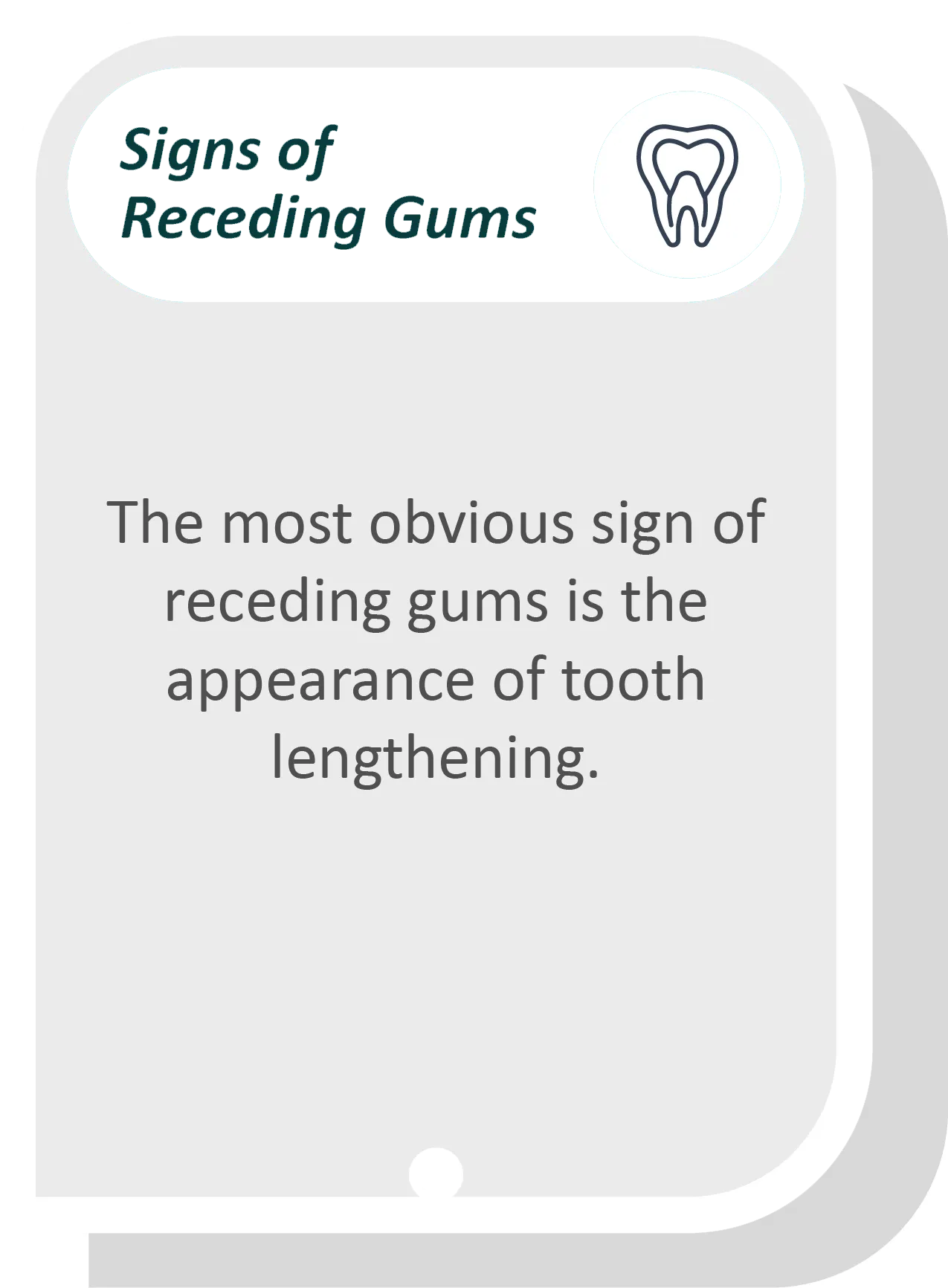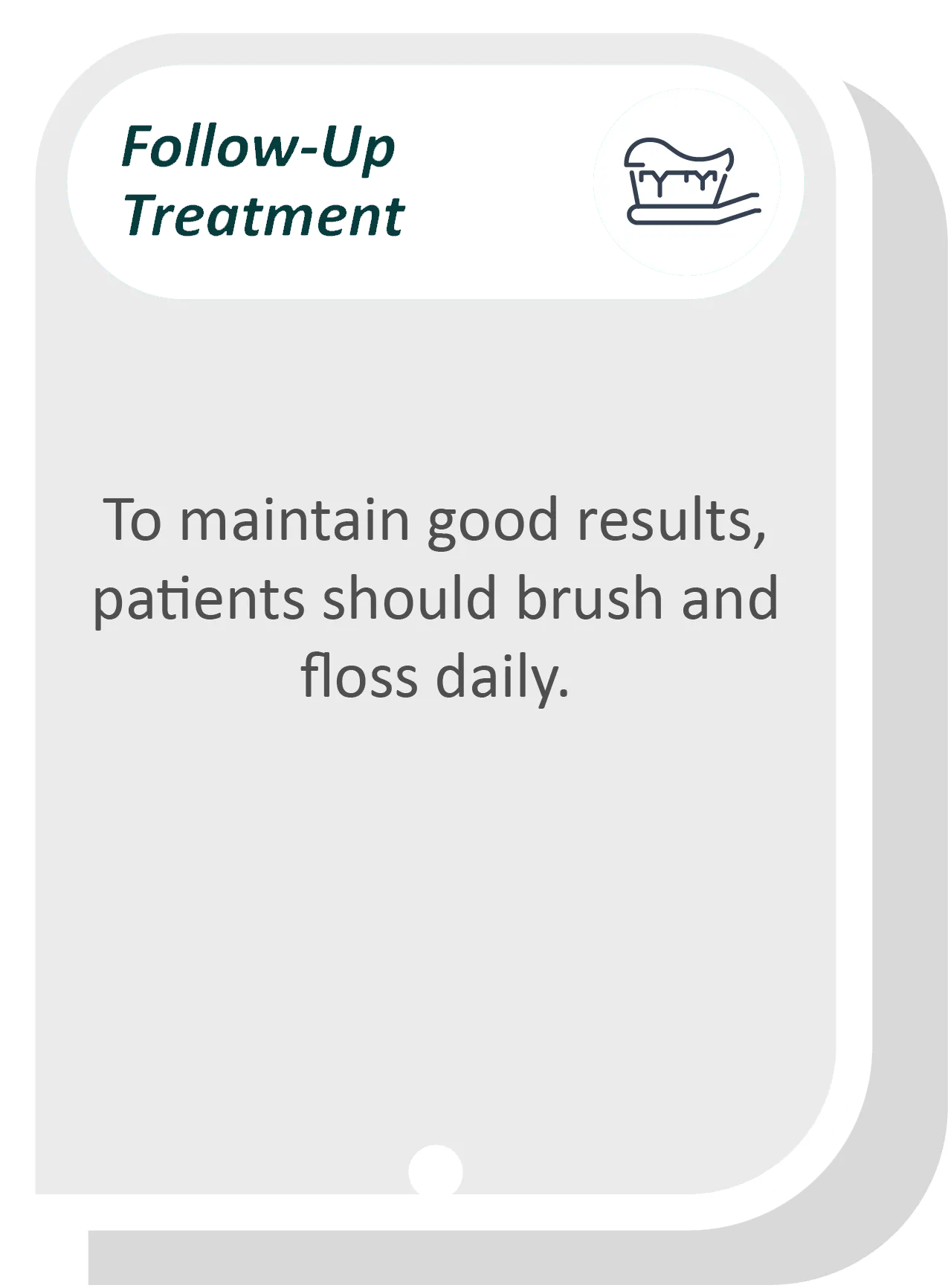I Think My Gums Are Receding
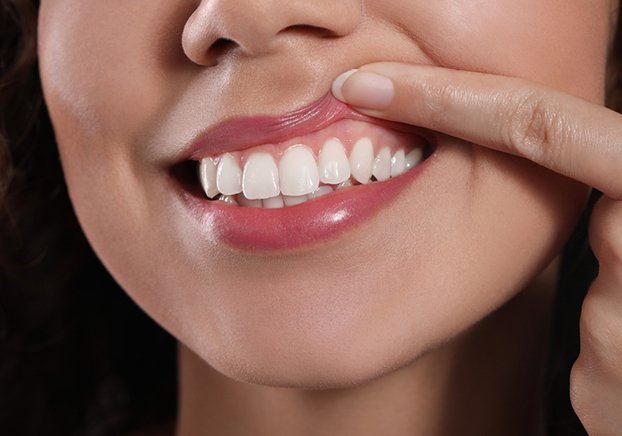
Improve Your Smile with Gum Solutions
If you are experiencing gum recession, it can impact both your appearance and dental health. Even those with good oral hygiene can be affected. Fortunately, there are various treatment options available to address receding gums.
If you are in the Cedar Grove area, Cedar Grove Dental Group offers solutions for gum recession. Contact us at (973) 857-0567 to book an appointment and find out more information.
Signs of Gum Recession
- Bad breath
- Bleeding after brushing or flossing
- Loose teeth
- Pain at the gum line
- Red, swollen gums
“The aesthetic changes that follow gum recession are the most apparent.”
Causes of Gum Recession
There are various reasons why a person's gums may recede, regardless of their oral hygiene. Factors such as aggressive toothbrushing, body piercing, teeth clenching or grinding, crooked teeth or misaligned bite, hormonal changes, lack of proper dental care, periodontal disease, and tobacco use can all contribute to gum recession. Genetics may also play a role, as weak or thin gums can be passed down from parents to children.
In some cases, gum recession may only occur on one side of the mouth. This could be due to plaque buildup in that specific area, often caused by neglecting oral hygiene on one side. The excess plaque and bacteria at the gum line can release harmful substances that damage the gum tissue. Alternatively, a misaligned bite may result in more wear and tear on one side of the mouth, leading to gum recession on that side. Receding gums on a single tooth may also be caused by similar factors or physical trauma.
“Several different factors can cause a person’s gums to recede, regardless of the state of their oral hygiene.”
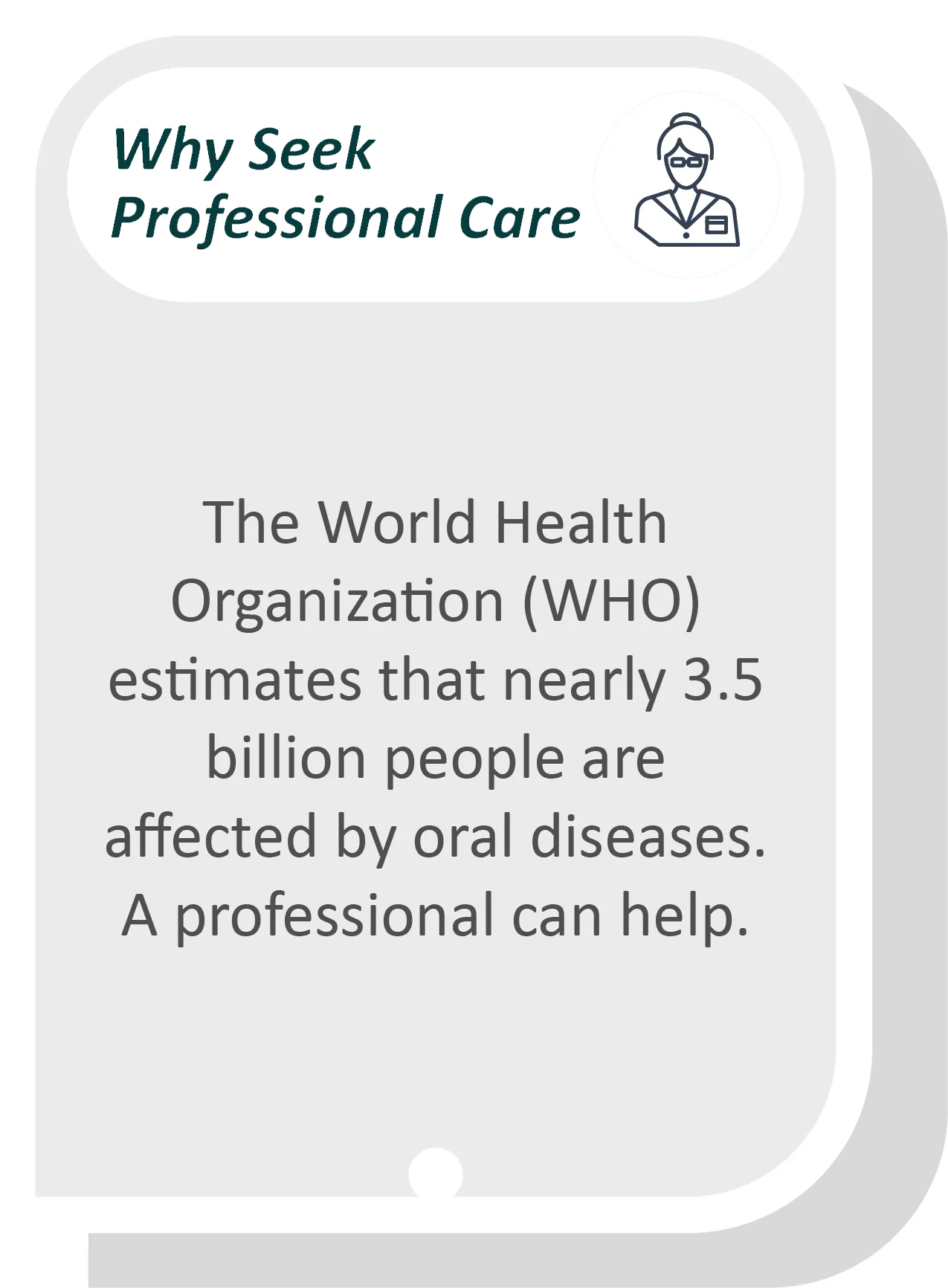
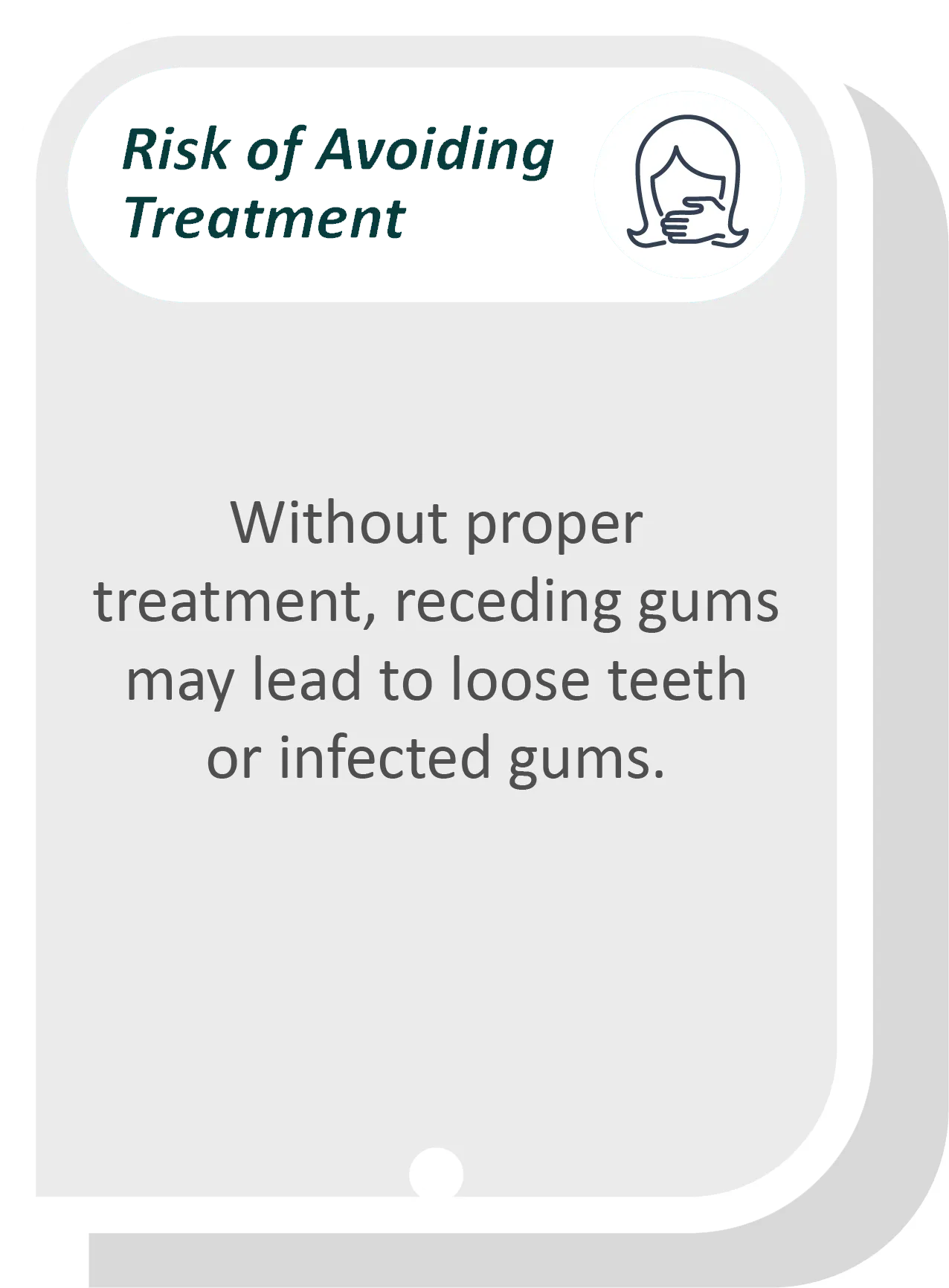
Treating Gum Recession
Some cases of gum recession may not require treatment, but there are various options available for those who do. These include composite restoration, desensitizing agents, varnishes, and dentin bonding agents, orthodontics, pink porcelain or composite, removable gum veneers, and surgery. Composite restorations are tooth-colored resins that cover the tooth root's surface and can close gaps between teeth.
Desensitizing agents, varnishes, and dentin bonding agents can help reduce sensitivity in the exposed tooth root, making it easier to brush sensitive teeth and maintain oral hygiene. Orthodontics can slowly move a tooth over time to correct gum margin issues.
Pink porcelain or composite can be used to match the color of the gums and reduce the appearance of receded gums. Removable gum veneers made of acrylic or silicone can also be applied in these areas. In more severe cases, surgery such as a gum graft may be necessary.
“Some cases of gum recession are mild enough not to need treatment.”
Preventing Gum Recession
Taking care of your teeth is crucial in preventing gum recession. This includes brushing with a soft-bristled toothbrush at least twice a day, flossing daily, and visiting the dentist regularly. Patients at risk may need more frequent check-ups, and dentists should monitor any signs of gum recession closely.
Patients should ask their dentist for proper brushing techniques to avoid brushing too hard. Eating a healthy diet and avoiding smoking can also help reduce the risk of gum recession.
Ignoring gum recession can lead to decay, sensitivity, and an uneven smile. It may also be a sign of worsening gum disease. It's important to address any issues early to avoid costly and painful procedures.
“…healthy lifestyle choices like eating a well-balanced diet and not smoking can lessen one’s chances of gum recession dramatically.”
Risk Factors for Gum Recession
“Certain populations may be more at risk for gum recession than others.”
